Who wouldn’t want to live a long and healthy life? This is a desire, intrinsic to every person. The natural state of the human body is to be healthy and in balance. The proper balance presents the body with the capacity to heal itself.
Aging is a natural, irreversible process, taking place in cells, organs and tissues over the lifespan of any living organism. It is characterized by a decline of biological functions and replacement of the functional tissue with fibrosis.
Wisdom from the East and the scientific advances from the West, provide the public with time-tested and well-researched “secrets” for achieving a long and healthy life. While conventional Western medicine focuses on prescribing drugs to treat diseases, Eastern medicine views disease as a symptom of life being out of balance. Emphasis has always been to prevent and maintain a good state of health. Traditional Chinese Medicine employs a variety of natural therapies such as: acupuncture, herbs, diet, bodywork, tai chi and yoga. TCM sees the aging process as: organ degeneration – body loses its ability to regenerate itself with significant changes in the internal organs; exhaustion of fundamental substances as vital energy, essence blood and body fluids – cause of common aging signs such as wrinkled skin, gray hair, muscle tissue decline and fragile bones; accumulation of metabolic wastes – as internal organs’ functions slow down, they cease to eliminate bodily wastes effectively.
Aging could be experienced as a pleasant process if proper attention is given to support the physical, mental and emotional welfare. TCM anti-aging therapy is divided in 3 directions: skin health, physical health and mental health. However, it should be noted that neither could be treated separately, due to their complementarity to each other. Anti-aging therapy should not rely on a single prescription but rather use all available methods – only a comprehensive approach to the situation would lead to a substantial effect.
 Inflammation is an important factor in wellbeing. Although it marks the beginning of the body’s healing process, it can also inflict damage if healthy tissues are attackedl. Persistent inflammation increases the risk of hearth attacks, strokes and even cancer. Preventing it is the best strategy to ensure long-term health and longevity.
Inflammation is an important factor in wellbeing. Although it marks the beginning of the body’s healing process, it can also inflict damage if healthy tissues are attackedl. Persistent inflammation increases the risk of hearth attacks, strokes and even cancer. Preventing it is the best strategy to ensure long-term health and longevity.
Diet serves as a major influence on the body’s inflammation status. A healthy, “anti-inflammatory” diet can reduce cardiovascular disease, Alzheimer and cancer. The antioxidants present in vegetables, fruits, herbs, spices, chocolate and tea aid in protection of our tissues and organs from inflammations. Modern mainstream diet is significantly low in these protective compounds. Moreover, it is loaded with inflammation-promoting fats in addition to rapid-digesting carbohydrates in the form of bread, pastries and sugary drinks. The aforementioned are outlined as high-glycemic foods, which raise blood sugar levels rather quickly, boosting insulin secretion and increasing inflammation.
One can begin leading a healthier lifestyle by choosing slow-digesting forms of carbohydrates such as whole grains, beans, sweet potatoes, squashes and cold climate fruits like berries, cherries, apples and pears. With his motto “Eat less, live longer”, Maoshing Ni L.Ac. PhD, 38th generation doctor of TCM, found a strong correlation in centenarians and quantity of food consumed. In his 100-centenarian study, he concluded that centenarians ate less than the average amount for a given meal. In terms of fluids, water is the best choice. Most people go about their day dehydrated, affecting their brain since it is more than 70% water. Mayo Clinic recommends that men require an adequate intake of about 3L while women should consume at least 2L of water.
With the advances of technology, water has been replaced by numerous kinds of soft drinks, overloaded with chemicals for taste and color, often harmful in speeding the aging process. An unquestionable approach to slow this process is by eliminating the toxins created by these water alternatives. Tea is a beverage most commonly used by centenarians around the world. The free-radical inhibiting properties of tea are well known and scientifically proven. Polyphenols in tea, especially catechins are powerful antioxidants, used to prevent and treat atherosclerosis, diabetes and some types of cancers.
 Ginger has been well known remedy for digestive disorders. Containing geraniol, compound that helps fight cancer, it also has anti-inflammatory properties that help relieve pain and prevent blood clotting. Another anti-aging herb with a 5000 year track record is Panax Ginseng. Science has proven that Ginseng enhances bodily functions, boosts the immune system, improves memory while stabilizing cholesterol and blood sugar levels.
Ginger has been well known remedy for digestive disorders. Containing geraniol, compound that helps fight cancer, it also has anti-inflammatory properties that help relieve pain and prevent blood clotting. Another anti-aging herb with a 5000 year track record is Panax Ginseng. Science has proven that Ginseng enhances bodily functions, boosts the immune system, improves memory while stabilizing cholesterol and blood sugar levels.
Activities keep people young. Exercise keeps an individuals body and mind in great shape. The best exercise for slowing down the aging process are the disciplines of Tai chi and Qi gong – focusing on repetitive, gentle movement with attention to breathing, thus slowing down the heart rate, decreasing blood pressure and reducing stress hormones (adrenaline & cortison) levels.
Sleep is essential as well. The human body repairs itself best at night with good sleep. Research has shown that getting at least 8 hours of sleep is required for good health among all age groups. Poor sleep has been linked to hypertension, diabetes, strokes, heart attacks and obesity.
Acupuncture as been proven successful in treating stress and sleeping problems. It gives a better night sleep and overall improvement in physical and mental health. Oriental medicine offers additional techniques and tools like Tui na, Qi gong and herbal therapy.
The mental state greatly influences one’s physical condition. Studies have shown that regular serenity for a few minutes a day can add years to a person’s life. Peaceful contemplation, meditation or prayer allows the body to be still and the mind to slow down, thus facilitating the release of DHEA (dehydroepiandesterone) from the adrenal glands. This hormone has been linked to longevity, peaking in people in their mid twenties. As expected, the DHEA concentration declines as a person ages.
Today, numerous people in the west do and should utilize Traditional Chinese Medicine to supplement the anti-aging methods of conventional medicine.
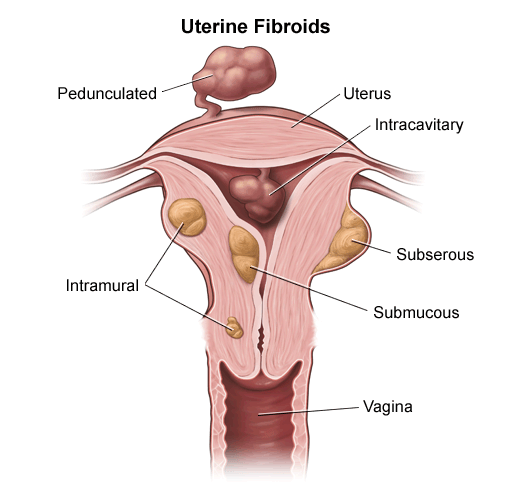






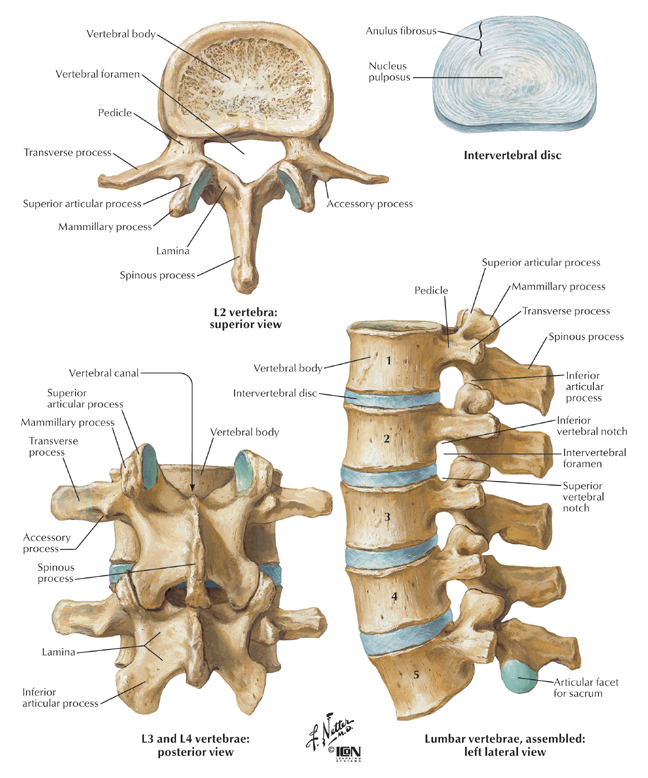 Lumbar radiculopathy is nerve irritation that is secondary to damaged intervertebral discs. The damage could be the result of degeneration or a traumatic injury, causing the disc to herniate and press on the spinal cord or the nerves exiting it. The aforementioned rupture is the most common cause for “sciatica” pain that radiates from the posterior down the leg.
Lumbar radiculopathy is nerve irritation that is secondary to damaged intervertebral discs. The damage could be the result of degeneration or a traumatic injury, causing the disc to herniate and press on the spinal cord or the nerves exiting it. The aforementioned rupture is the most common cause for “sciatica” pain that radiates from the posterior down the leg. Used in many Asian countries, cupping is a form of Traditional Chinese treatment dating back to 3000 B.C. – outlined in one of the oldest medical textbooks in the world, Ebers Papyrus. In the actual technique, a partial vacuum is created inside cups placed on the skin, by means of heat or suction. The cups are positioned on top of softer, lubricated tissues, allowing for stronger seals with the edge of the cup. Today, plastic and glass are more prevalent, replacing the horn, bronze or bamboo cups used in ancient times.
Used in many Asian countries, cupping is a form of Traditional Chinese treatment dating back to 3000 B.C. – outlined in one of the oldest medical textbooks in the world, Ebers Papyrus. In the actual technique, a partial vacuum is created inside cups placed on the skin, by means of heat or suction. The cups are positioned on top of softer, lubricated tissues, allowing for stronger seals with the edge of the cup. Today, plastic and glass are more prevalent, replacing the horn, bronze or bamboo cups used in ancient times.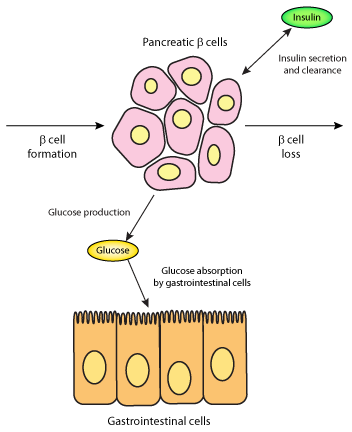
 Gestational diabetes can occur temporarily during pregnancy, and it is reported that it occurs in 2% to 10% of all pregnancies. Doctors propose that it is the hormonal changes, which occur during pregnancy that lead to the elevation of blood sugar and inform that is usually resolved once the baby is born. However, it should be noted that 35% to 60% of women with gestational diabetes will eventually develop type 2 diabetes within the following two decades, especially those who require insulin during pregnancy and those who remain overweight after their delivery.
Gestational diabetes can occur temporarily during pregnancy, and it is reported that it occurs in 2% to 10% of all pregnancies. Doctors propose that it is the hormonal changes, which occur during pregnancy that lead to the elevation of blood sugar and inform that is usually resolved once the baby is born. However, it should be noted that 35% to 60% of women with gestational diabetes will eventually develop type 2 diabetes within the following two decades, especially those who require insulin during pregnancy and those who remain overweight after their delivery.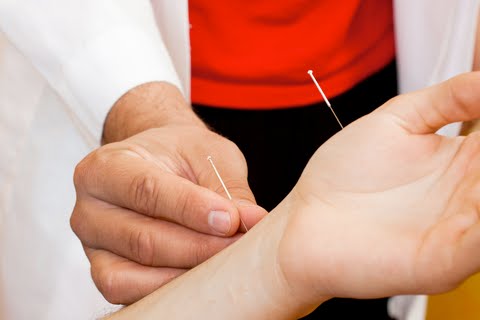 In the classical Chinese books, diabetes is known as Wasting-Thirst Syndrome. According to these texts, the main causes for diabetes are the consumption of sweets and fatty foods. Traditional Chinese Medicine offers a way to help eliminate the symptoms associated with diabetes and reduce the need of insulin. The interview and physical exam help the T.C.M. practitioner create a treatment plan unique for every patient with diabetes, comprising of acupuncture, herbs, diet and regular exercise. Acupuncture can help restore the hormonal balance, regulate energy and manage sleep. Herbal therapy is an essential component to the treatment of diabetes. Commonly used Chinese herbal formulas are Liu Wei Di Huang and Da Bu Yin Wan, both comprising of ginseng. Coincidentally, researchers at St. Michael’s Hospital and University of Toronto have found that consuming American ginseng before a meal reduces blood sugar in people with and without diabetes.
In the classical Chinese books, diabetes is known as Wasting-Thirst Syndrome. According to these texts, the main causes for diabetes are the consumption of sweets and fatty foods. Traditional Chinese Medicine offers a way to help eliminate the symptoms associated with diabetes and reduce the need of insulin. The interview and physical exam help the T.C.M. practitioner create a treatment plan unique for every patient with diabetes, comprising of acupuncture, herbs, diet and regular exercise. Acupuncture can help restore the hormonal balance, regulate energy and manage sleep. Herbal therapy is an essential component to the treatment of diabetes. Commonly used Chinese herbal formulas are Liu Wei Di Huang and Da Bu Yin Wan, both comprising of ginseng. Coincidentally, researchers at St. Michael’s Hospital and University of Toronto have found that consuming American ginseng before a meal reduces blood sugar in people with and without diabetes.
 The American Cancer Society has reported that 50% of men and 30% of women in the U.S. population will develop cancer at some point during their lifetime. Because cancer is such a dangerous and aggressive disease, it should be treated with all available treatments. The integration of Traditional Chinese medicine and Western medicine together has been evaluated, yielding a better overall outcome.
The American Cancer Society has reported that 50% of men and 30% of women in the U.S. population will develop cancer at some point during their lifetime. Because cancer is such a dangerous and aggressive disease, it should be treated with all available treatments. The integration of Traditional Chinese medicine and Western medicine together has been evaluated, yielding a better overall outcome.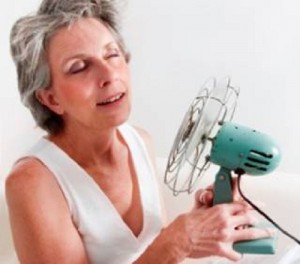 Nausea and vomiting commonly occur in patients undergoing chemotherapy. Often times they make the treatments process significantly worse and uncomfortable. Acupuncture therapy can be offered as a treatment to help alleviate those symptoms; Administered before, after or between chemotherapy treatments to best control the nausea and vomiting, acupuncture can effectively minimize the side effects of standard oncological treatments.
Nausea and vomiting commonly occur in patients undergoing chemotherapy. Often times they make the treatments process significantly worse and uncomfortable. Acupuncture therapy can be offered as a treatment to help alleviate those symptoms; Administered before, after or between chemotherapy treatments to best control the nausea and vomiting, acupuncture can effectively minimize the side effects of standard oncological treatments. Inflammation is an important factor in wellbeing. Although it marks the beginning of the body’s healing process, it can also inflict damage if healthy tissues are attackedl. Persistent inflammation increases the risk of hearth attacks, strokes and even cancer. Preventing it is the best strategy to ensure long-term health and longevity.
Inflammation is an important factor in wellbeing. Although it marks the beginning of the body’s healing process, it can also inflict damage if healthy tissues are attackedl. Persistent inflammation increases the risk of hearth attacks, strokes and even cancer. Preventing it is the best strategy to ensure long-term health and longevity.  Ginger has been well known remedy for digestive disorders. Containing geraniol, compound that helps fight cancer, it also has anti-inflammatory properties that help relieve pain and prevent blood clotting. Another anti-aging herb with a 5000 year track record is Panax Ginseng. Science has proven that Ginseng enhances bodily functions, boosts the immune system, improves memory while stabilizing cholesterol and blood sugar levels.
Ginger has been well known remedy for digestive disorders. Containing geraniol, compound that helps fight cancer, it also has anti-inflammatory properties that help relieve pain and prevent blood clotting. Another anti-aging herb with a 5000 year track record is Panax Ginseng. Science has proven that Ginseng enhances bodily functions, boosts the immune system, improves memory while stabilizing cholesterol and blood sugar levels.